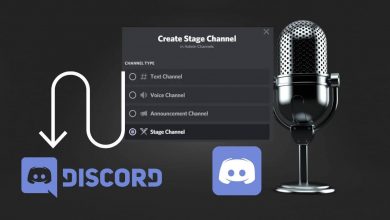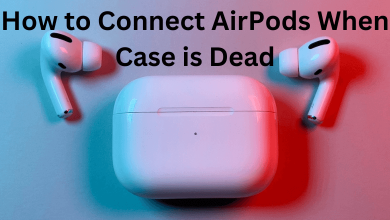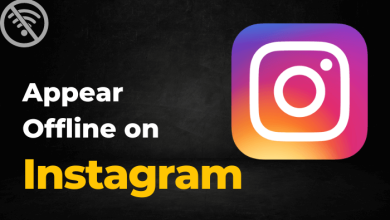Podcasts are here to stay. Despite all of the fun and flashy media that have come out in recent years, podcasts have stood their ground. Surprisingly, they have grown more popular as a platform for education and entertainment.
Although podcasts have become a growing part of pop culture, the intricacies of creating one for students aren’t clearly defined. If you plan to use them as an educational tool, there’s much to learn. This article serves as a guide to help you get started.
Contents
Prepare what you need
Making a podcast seems pretty easy. To produce one, all you need are a mic, a phone or computer, and editing software. You also need a platform to publish it on. Choose a platform that students can use easily. To incorporate demonstration videos or lecture slides into the podcast, use video podcasting. But this could be a challenge if you aren’t familiar with video editing software.
Many now create educational podcasts because they are fairly easy to make. They’re also cheap to produce. If you only stick with audio podcasts, it won’t cost anything. Many universities and colleges today have their own unique platforms for sharing them. These platforms allow teachers to upload content for their students. You can upload to these platforms too.
Learn more about podcasts through free essay examples
Creating podcasts can be a lot of fun. You can even include assignments like writing a research paper or essays for any student who will listen. When assigning students to write essays on new topics, it’s a good idea to provide examples. Encourage students to go to gradesfixer.com to find free examples on different topics. The examples could serve as an inspiration for students. Students can find other types of written works here and excel in their education with plenty of inspiration available on the site.
Create an outline
To stay organized while creating a podcast, create a comprehensive outline. Do this on an eLearning storyboard. When creating a series, make several outlines beforehand. This helps avoid content repetition. Decide the topics to include in each of the episodes. After that, brainstorm around the central topic. For instance, if there is an episode that focuses on work-related tasks, highlight every step involved.
Also, discuss the value of sharing the task. Emphasize the applications of the steps in real-world settings. In the next episode, explore a particular skill set that employees must have to enter the workplace.
All eLearning podcasts should have a natural flow. This flow should also transition smoothly into the next episode. This will keep the students interested. They will keep coming back for more and feel compelled to tune in to the next episode. Create an outline that covers all of the topics that you need to discuss. Try to include some degree of audience participation too. This may come in the form of feedback or questions.
Develop your script
Just like in a movie, a podcast requires a script to create the storyline. It needs to have a beginning, middle, and ending. The script should guide the students who listen to the podcast. As the author, make the podcast very interesting to listen to. Do this by posing the main question – one that can engage the students and give them something to focus on. Start the script by posing a question that students will find interesting or thought-provoking.
Record, edit, and upload
When it’s time to open the topic, make sure to follow the outline or script. Then all you have to do is to open the audio recording software. Create a new project, then start talking. There’s no need to worry too much when making mistakes, as you can edit those out later. After recording, the next step is to listen to the recording. Do this by playing the podcast from beginning to end. Take note of any points that you need to change. Add some transitions if needed, like music from public domains.
Use editing software to make adjustments to the content. If there are any questions about how to edit, find in-depth instructions on the site of the editing software. It’s also possible to find instructions on the Audacity site.
Good editing results in a super cool podcast. When you’re done, it’s now ready for sharing. Do this in different ways. First, post it directly on the school’s platform directly. It’s also possible to email the podcast to students. There is also the option to upload the podcast on an audio site. Whichever platform to use is okay. Make sure it’s in a place where students can access or download it easily.
Conclusion
A great advantage of podcasts is that they are very versatile. This is the reason why podcasts have become a very convenient eLearning tool. Students who learn online have the option to either stream podcasts or download them to their phones or tablets. Either way allows them to obtain the information they need whenever their schedules permit. Use the tips in this article to produce entertaining podcasts for eLearning that your students will enjoy listening to.



